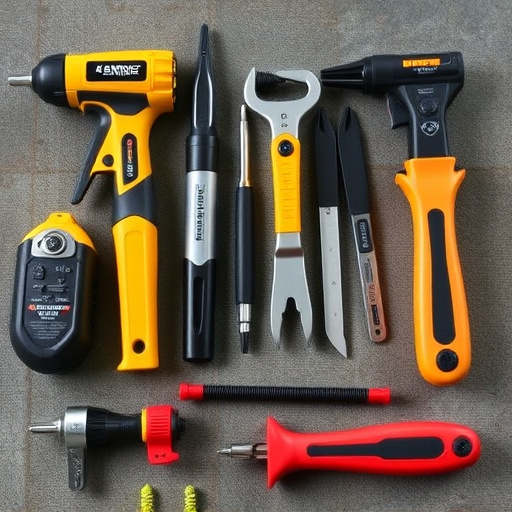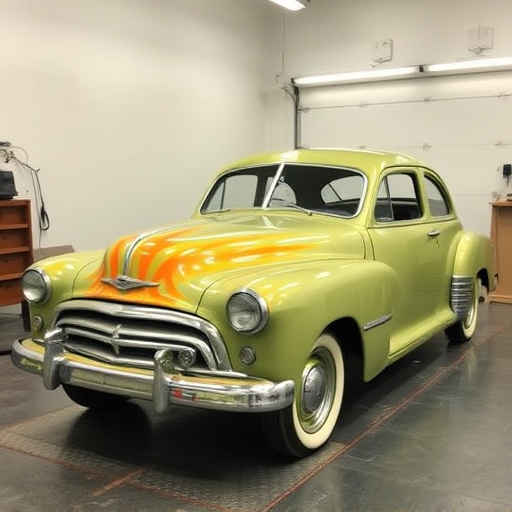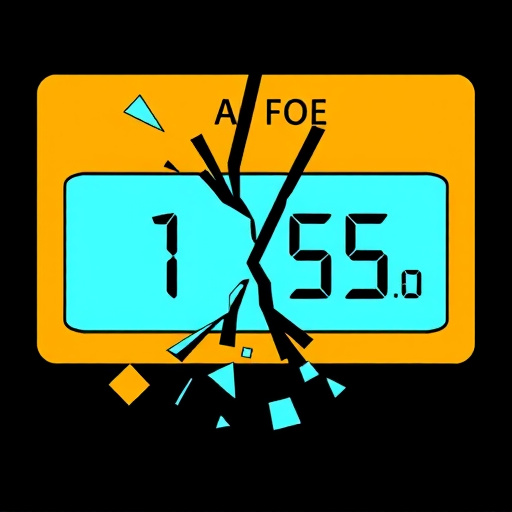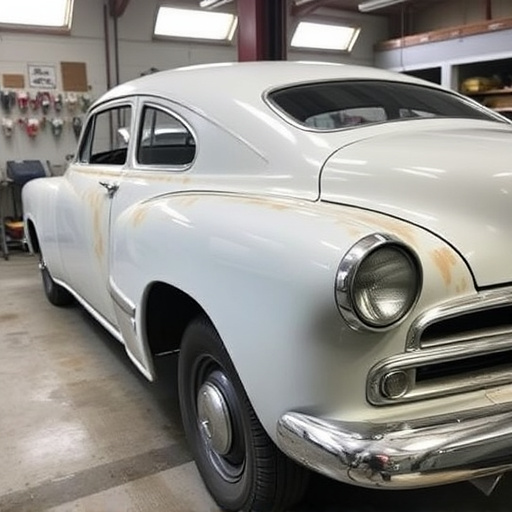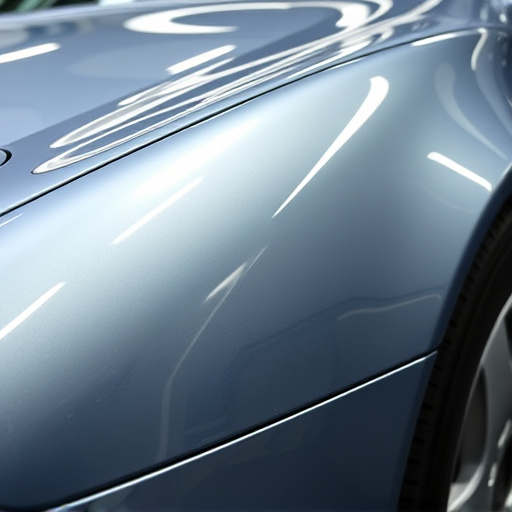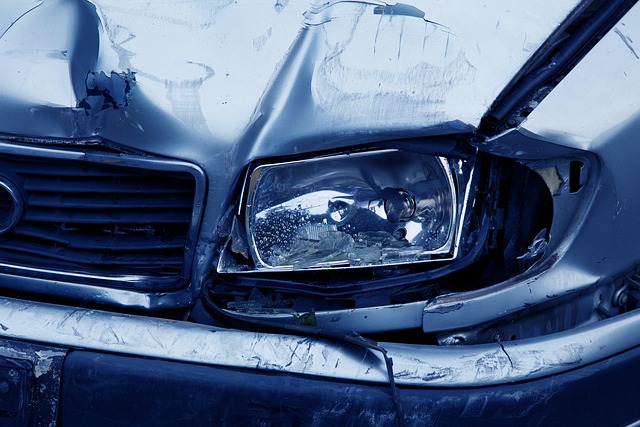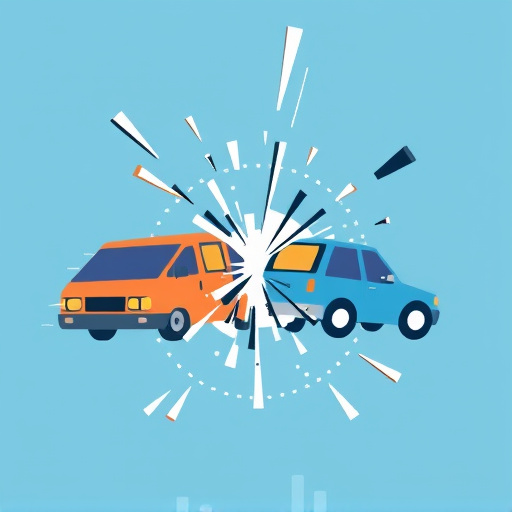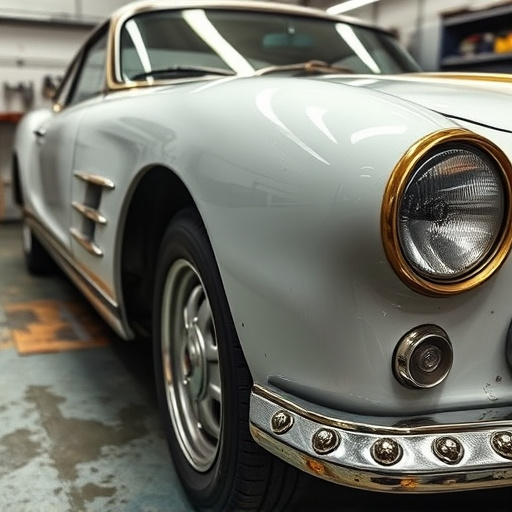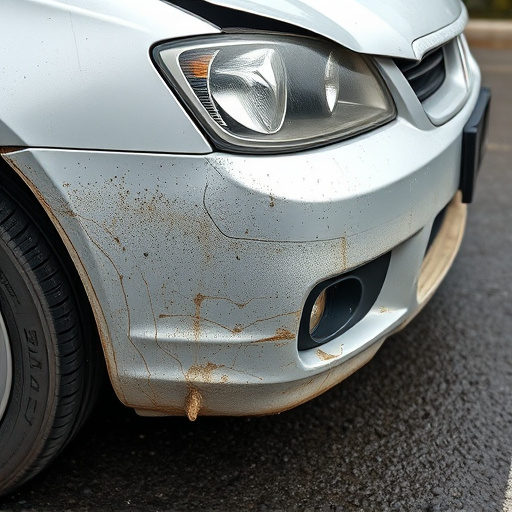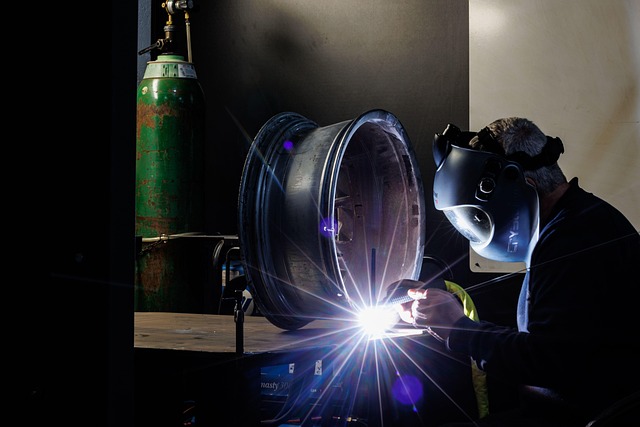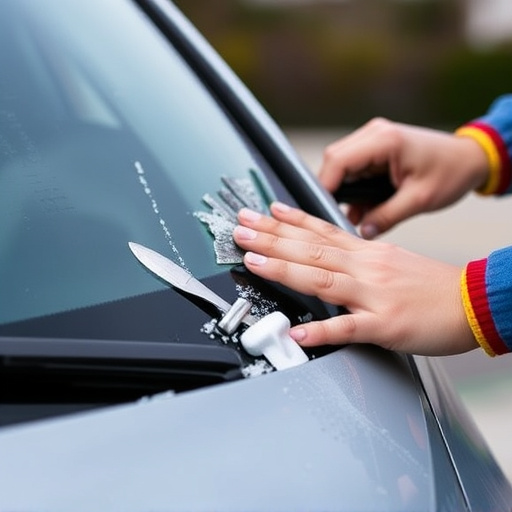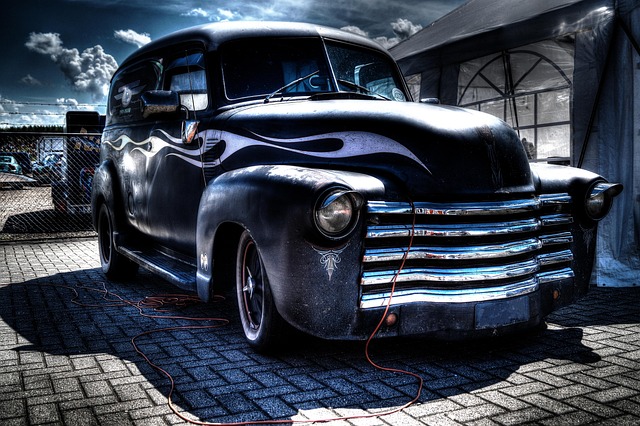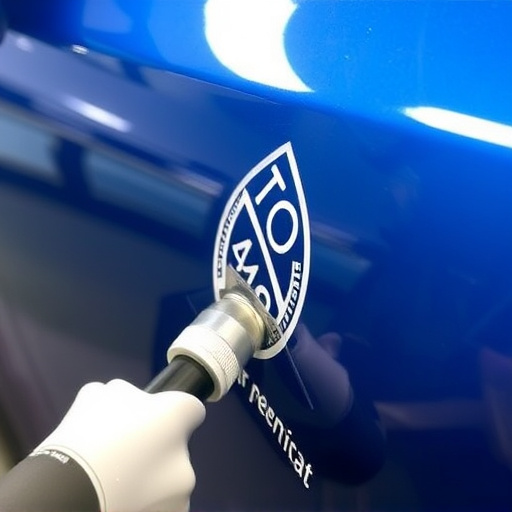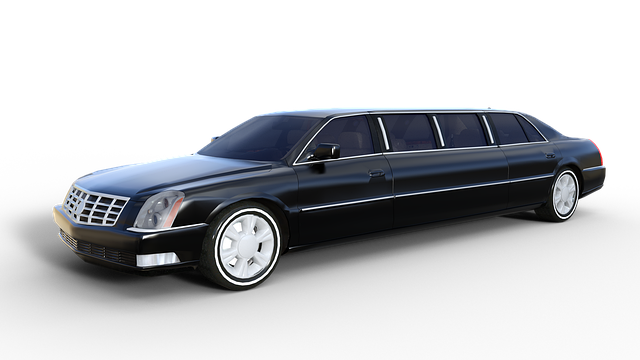Computerized frame measurement technology revolutionizes auto repair with precise 3D imaging, replacing manual methods to assess damage, especially in complex cases like luxury vehicle restoration. Its benefits include enhanced accuracy, reduced human error, and faster inspections. However, high initial costs and specialized training are drawbacks, making traditional manual methods more suitable for minor cosmetic repairs.
Is upgrading to computerized frame measurement technology worth your business’s investment? This comprehensive guide explores whether the advanced system is right for your needs. We delve into the inner workings of computerized frame measurement, compare it with traditional methods, and analyze its potential drawbacks and cost-effectiveness. By the end, you’ll have a clear understanding of whether this innovation is a game-changer or an unnecessary expense for your operations.
- Understanding Computerized Frame Measurement Technology
- Benefits and Advantages Over Traditional Methods
- Potential Drawbacks and Cost-Effectiveness Analysis
Understanding Computerized Frame Measurement Technology
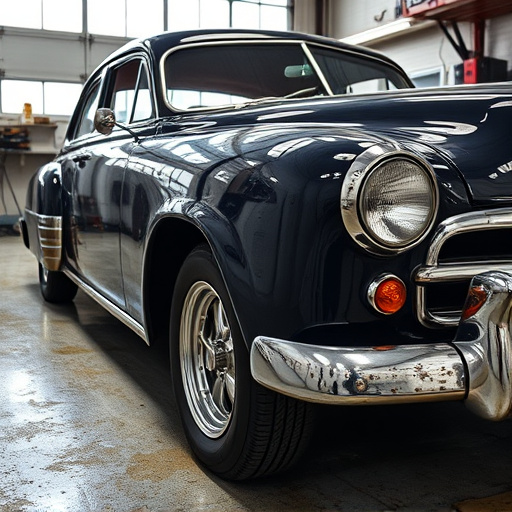
Computerized frame measurement technology has revolutionized the automotive industry, offering an advanced and precise method for assessing vehicle damage. This innovative system utilizes specialized sensors and software to capture detailed 3D images of a car’s framework, providing technicians with a comprehensive digital blueprint. By analyzing these data, professionals can accurately determine the extent of damage, especially in complex cases like luxury vehicle repair or automotive restoration.
Unlike traditional manual measurements, computerized frame measurement ensures consistency and accuracy, which is crucial for precise bumper repair or any other structural enhancements. This technology enables mechanics to make informed decisions, facilitating efficient repairs and restoring vehicles to their pre-incident condition. Its ability to detect even the subtlest deformations makes it indispensable in the field of automotive restoration, ensuring that every detail is captured and rectified during the repair process.
Benefits and Advantages Over Traditional Methods
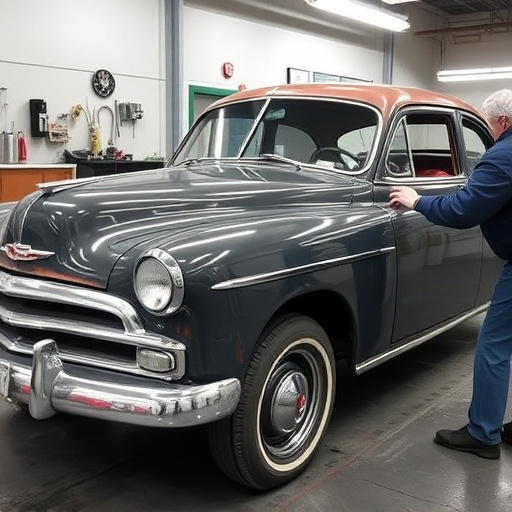
The shift from traditional frame measurement methods to computerized frame measurement offers a host of benefits for both automotive professionals and clients. One of the primary advantages is increased accuracy and precision. Computerized systems utilize advanced sensors and software algorithms to capture detailed measurements, minimizing human error and ensuring consistent results. This level of accuracy is particularly beneficial in critical auto body services, such as vehicle restoration and classic car restoration, where even minor discrepancies can impact the final outcome.
Moreover, computerized frame measurement significantly streamlines the inspection process. Traditional methods often involve manual taping, marking, and subsequent data entry, which can be time-consuming and prone to errors. Computerized systems automate these tasks, reducing the time required for measurements by several folds. This not only enhances efficiency but also allows mechanics to focus on other critical aspects of auto body services and vehicle restoration projects, ensuring a higher quality of work in less time.
Potential Drawbacks and Cost-Effectiveness Analysis
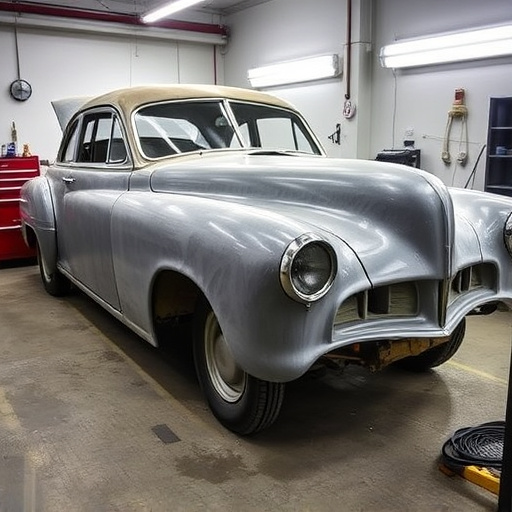
While computerized frame measurement offers numerous advantages for precision and efficiency in automotive repairs, especially in complex cases like vehicle collision repair or fender repair, it’s not without potential drawbacks. One significant consideration is the initial investment cost, which can be substantial for smaller workshops or independent mechanics. This advanced technology requires specialized training to operate effectively, demanding an additional financial commitment in terms of staff development and equipment calibration.
From a cost-effectiveness perspective, the benefits must outweigh these expenses over time. Computerized frame measurement can streamline processes, reduce material waste during car paint services, and minimize errors, ultimately leading to faster turnaround times and higher customer satisfaction. However, for minor cosmetic issues or straightforward repairs, traditional manual methods might still prove more economical and adequate, challenging the necessity of computerized frame measurement in every automotive service scenario.
Computerized frame measurement (CFM) offers significant advantages over traditional methods, from improved accuracy and efficiency to reduced human error. While the initial cost may be higher, long-term benefits such as faster project turnaround times, enhanced quality control, and lower labor expenses make a compelling case for its adoption. Considering the evolving construction industry’s demand for precision and productivity, CFM is a worthy investment that can streamline operations and deliver better project outcomes.
